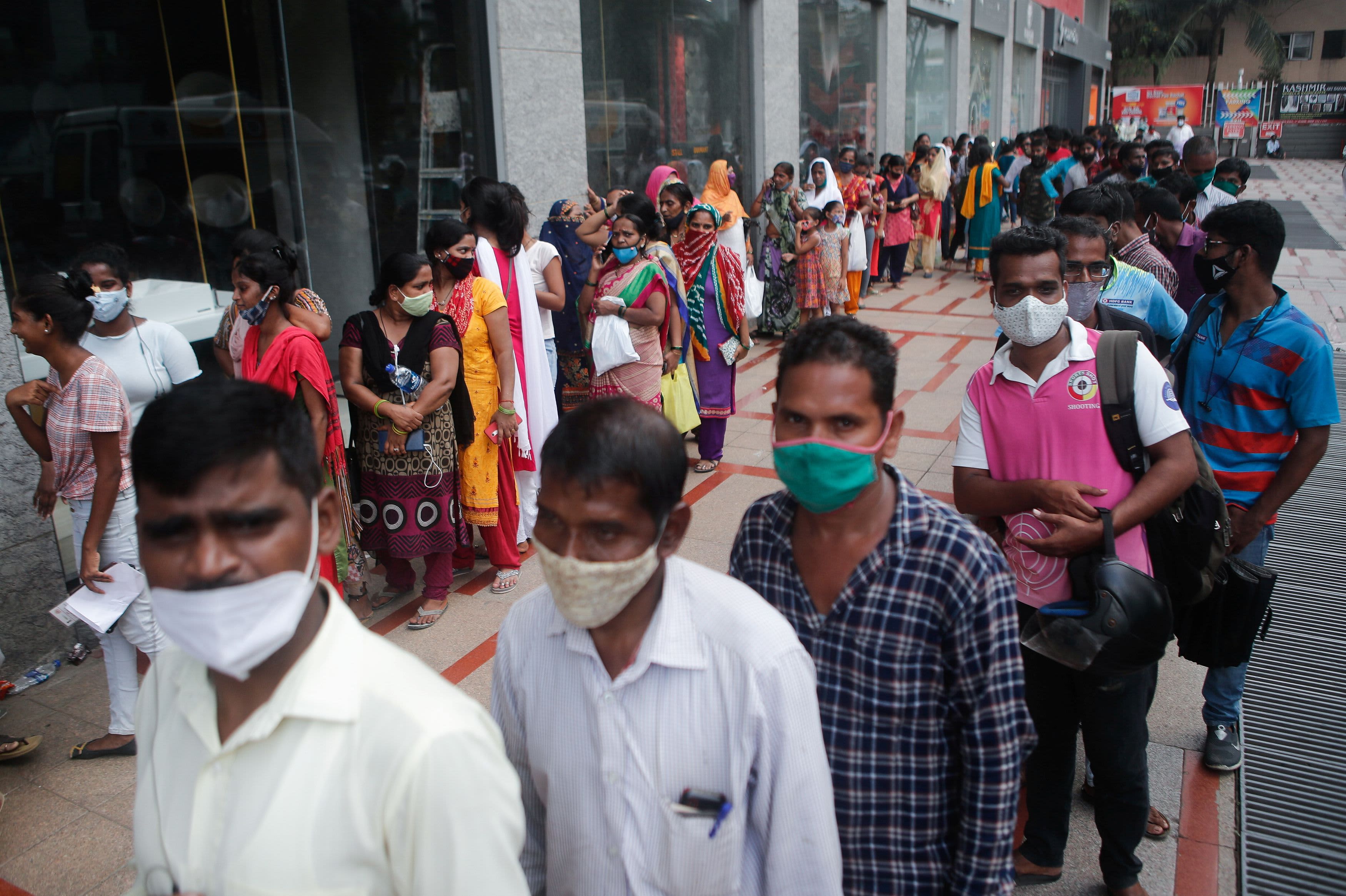India is ‘better equipped’ to deal with a potential Covid third wave, WHO chief scientist says

India is better prepared to stop new Covid-19 waves from wreaking havoc on the country, according to Dr. Soumya Swaminathan, chief scientist at the World Health Organization.
The South Asian nation suffered a devastating second wave between February and early May, during which daily infection cases and death rates rose at an alarming pace, pushing the health-care system to the brink.
Since then, cases have declined and are currently averaging to around 30,000 to 40,000 a day. The pace of vaccination has also climbed sharply.
Appearing on CNBC’s “Street Signs Asia” on Wednesday, Swaminathan said that the world has learned enough about the coronavirus to understand which of the weaknesses in the human body it exploits, and which public health tools and measures are effective at tackling it.
“I think we are much better equipped now in India, but also in other countries, to prevent any catastrophic waves from happening,” she said.
Expecting a third wave
India is expecting a third wave of infections to hit sometime this year. But the consensus among many public health experts is that its impact is likely to be less severe than the first two waves.
“I think the preparations at health system level have really increased, particularly with respect to oxygen and critical care facilities,” Swaminathan said.
“What is needed also is to ramp up the health workforce because it’s not enough to just have the equipment and the materials and the drugs. We also need trained nurses, doctors, anesthesiologists, critical care technicians and others,” she added.
At this rate, it should be possible to get to that goal of almost all adults being vaccinated in (India). It’s a huge population.
Soumya Swaminathan
Chief scientist, WHO
Swaminathan added that a combination of vaccination and other public health measures — like wearing masks, particularly in indoor places, avoiding large gatherings, and ensuring there are high levels of testing — could give early warnings that may prevent another explosive outbreak.
During the second wave, Indian hospitals initially struggled with bed shortages and a limited supply of oxygen and medicine, overwhelming medical professionals.
India’s vaccination targets
People wait in a queue to receive the vaccine against coronavirus disease (COVID-19) outside a shopping mall in Mumbai, India, August 11, 2021.
Francis Mascarenhas | Reuters
Swaminathan pointed out that over the last few weeks, the pace of vaccination in India increased.
“At this rate, it should be possible to get to that goal of almost all adults being vaccinated in the country. It’s a huge population — 700 million doses administered already,” she said. “There is a still a long way to go, but if this pace continues, if the supplies from the manufacturers continue, then … I think it should be possible to meet that goal.”
Government data showed that India on average has administered around 7.5 million doses a day since Sept. 1. On Aug. 31, some 14.1 million doses were given.
While vaccination remains voluntary, over 50,000 state-run facilities are giving the shots for free. People can also pay to get them at over 2,800 private centers.




